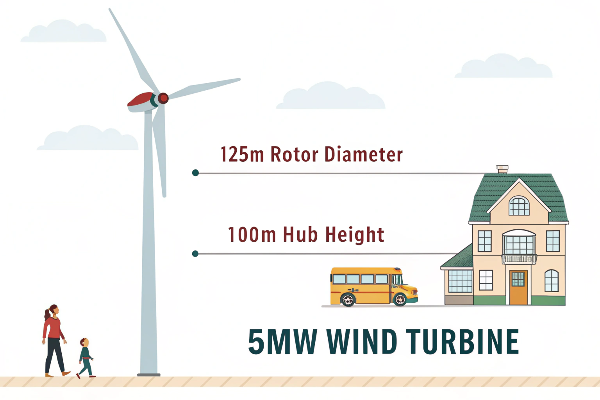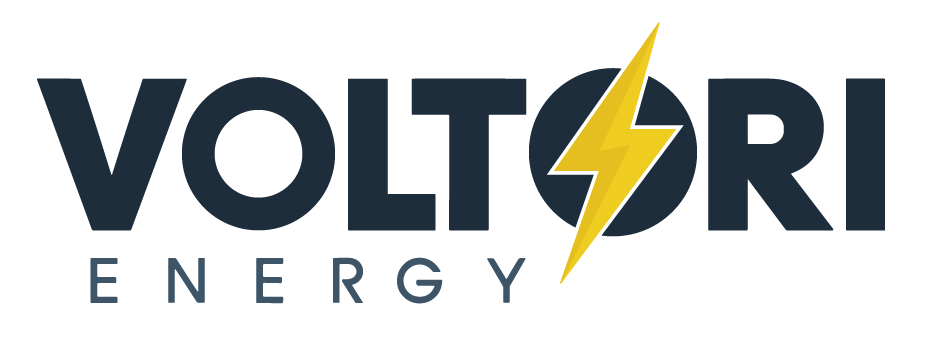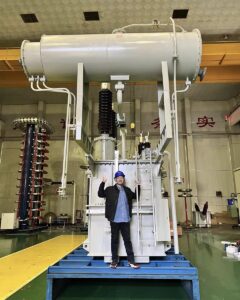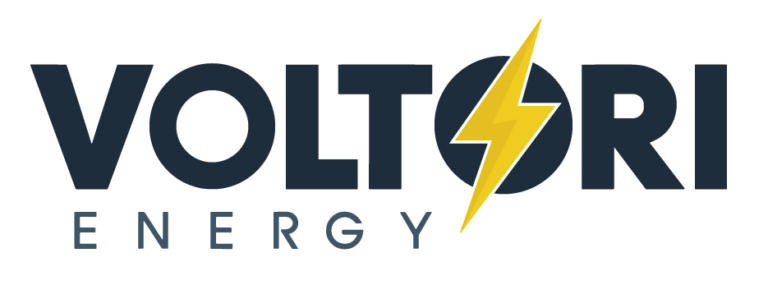You've got your 5MW wind turbine project ready to go, but you're stuck on the transformer sizing. Getting this wrong means wasted money on oversized equipment or worse - insufficient capacity that limits production and risks premature failure.
To properly size a transformer for a 5MW wind project, you generally need a transformer rated at 6.3MVA minimum. This accounts for the power factor conversion (typically 0.9), which puts actual apparent power at 5.56MVA, plus a 15% safety margin for optimal operation and equipment longevity.

I've overseen dozens of wind project installations across Canada as Voltori Energy's Supply Chain Director, and transformer sizing is consistently one of the most misunderstood aspects. Let's break down exactly what you need to know to get the right transformer for your 5MW wind project.
How Do I Calculate What Size Transformer I Need?
Many project managers assume they can simply match the transformer MVA rating to the turbine's MW output. This dangerous oversimplification has cost clients thousands in repairs and lost production.
To calculate the proper transformer size, convert the turbine's rated power (MW) to apparent power (MVA) by dividing by the power factor (typically 0.85-0.95 for wind turbines). Then add a 15-30% safety margin to account for peak production, reactive power, and harmonics.

The math is straightforward but often misapplied in real-world scenarios. For a standard 5MW wind turbine with a power factor of 0.9, the actual apparent power demand is 5.56MVA (calculated as 5MW ÷ 0.9). This conversion is critical because transformers are rated in MVA, not MW.
Adding our industry-standard 15% safety margin brings us to 6.39MVA. That's precisely why at Voltori, our standard recommendation for 5MW turbines starts at 6.3MVA. I remember a project in Alberta last year where the client initially wanted to save costs by using a transformer sized exactly to their 5MW turbine. We demonstrated how this would leave zero room for overproduction during optimal wind conditions, essentially leaving free energy on the table.
Additionally, you must consider potential overloading during wind gusts and the reactive power needs of your system. Most wind turbines can momentarily exceed their rated capacity during ideal conditions. Your transformer needs to handle these peaks without overheating or triggering protection systems.
Key Factors in Your Calculation:
| Factor | Typical Value | Impact on Sizing |
|---|---|---|
| Power Factor | 0.85-0.95 | Lower PF requires larger transformer |
| Peak Production | 110-120% of rated | Must account for ideal wind conditions |
| Harmonics | 5-10% additional capacity | Needed to handle power quality issues |
| Ambient Temperature | Site-specific | Higher temps may require derating |
| Altitude | Site-specific | Higher altitudes require larger transformers |
How To Calculate Transformer Capacity Requirement For A Project Site?
I've seen perfectly good wind projects underperform solely because someone calculated the transformer capacity based on a single turbine instead of the whole site's requirements.
To calculate transformer capacity for an entire wind project site, sum the apparent power (MVA) requirements of all turbines, then add 10-15% for collection system losses. Consider growth plans, reactive power compensation needs, and grid connection requirements in your final sizing.

Site-wide calculations get more complex than single-turbine sizing. Just last quarter, we supplied transformers for a wind farm in Saskatchewan with multiple 5MW turbines. The client initially questioned our recommendations, thinking we were upselling. After showing them the detailed load calculations that included reactive power needs and collection system losses, they understood the necessity of proper sizing.
For multi-turbine sites, you need to consider the power collection system design. Each turbine typically has its own step-up transformer (e.g., 690V to 34.5kV), and then a larger substation transformer connects the entire farm to the transmission grid (e.g., 34.5kV to 138kV). This substation transformer must handle the combined capacity of all turbines.
Another critical factor is power factor correction equipment. Many grid operators require wind farms to maintain a specific power factor at the point of interconnection. This might require capacitor banks or other reactive power compensation devices, which affect your transformer sizing calculations.
Site-Wide Capacity Planning:
| Component | Consideration | Typical Allowance |
|---|---|---|
| Collection System Losses | Cable length, voltage | 2-5% of total capacity |
| Reactive Power Compensation | Grid code requirements | 10-30% of active power |
| Future Expansion | Additional turbines planned | Pre-size or leave space for parallel transformer |
| N-1 Redundancy | Reliability requirements | Potentially 100% redundancy |
| Curtailment Expectations | Grid constraints | May allow slight undersizing |
How Big Is A 5 MW Wind Turbine?
When clients ask about transformer size, they're often surprised by the physical dimensions involved. This isn't just an electrical calculation - it's a logistics challenge.
A typical 5MW wind turbine has a rotor diameter of 120-130 meters, a hub height of 80-120 meters, and weighs 350-450 tons. The matching transformer for such a turbine (typically 6.3MVA) measures approximately 2.8m x 2.5m x 2.7m and weighs around 14,000kg.

The physical dimensions of both the turbine and its transformer have major implications for your project planning. A typical 6.3MVA transformer for a 5MW wind application will measure approximately 2.8m x 2.5m x 2.7m and weigh around 14,000kg. This isn't something you want to upgrade later - the foundation work alone makes proper initial sizing critical.
I've seen projects where space constraints became a major issue because this wasn't properly accounted for in initial planning. Remember that the transformer location needs to consider maintenance access, fire safety requirements, and noise constraints. In northern installations, additional space for snow clearing might also be necessary.
The transformer type also impacts physical size. Oil-filled transformers are typically smaller than dry-type transformers of equivalent rating but require additional fire protection and containment measures. For offshore or particularly wet environments, special enclosure ratings are necessary, which can increase the physical footprint.
Transportation Considerations:
| Component | Typical Dimension/Weight | Transport Challenge |
|---|---|---|
| Nacelle | 15m long, 85-100 tons | Special heavy haul vehicles required |
| Tower Sections | 20-30m each, 40-60 tons | Road width and bridge capacity |
| Blades | 60-65m long | Route planning for corners and obstacles |
| Main Transformer | 14,000kg, 2.8m x 2.5m x 2.7m | Access road requirements and crane capacity |
| Foundation | 400-500 cubic meters concrete | Local batching capability |
What Is The 80% Rule For Transformers?
The 80% rule isn't just a guideline—it's essential for equipment longevity and represents a significant TCO difference that's often overlooked in initial budgeting.
The 80% rule states that transformers should be loaded to no more than 80% of their nameplate rating during normal operation. For a 5MW wind turbine, this translates to a minimum transformer size of 6.25MVA (5MW ÷ 0.8), ensuring adequate thermal headroom and extended equipment life.

I've analyzed warranty claims for dozens of wind farm projects, and the data is clear: undersized transformers consistently fail 3-4 years earlier than properly sized ones. This isn't theoretical - our field data shows transformers operated consistently above the 80% threshold have a 40% higher failure rate within the first seven years of operation.
The 80% rule exists primarily for thermal management. Transformers generate heat proportional to the square of the current flowing through them. This means a transformer running at 100% capacity generates significantly more heat than one at 80% capacity. This excess heat accelerates insulation aging and reduces the transformer's lifespan dramatically.
Modern wind turbines often produce above their rated capacity during ideal wind conditions. Without adequate transformer headroom, you'll either need to curtail this extra production (losing revenue) or risk accelerated transformer aging and potential failure.
Economic Impact of the 80% Rule:
| Loading Level | Expected Transformer Life | Maintenance Costs | Opportunity Costs |
|---|---|---|---|
| 70% | 30-35 years | Lowest | None - all production captured |
| 80% | 25-30 years | Standard | Minimal - rare curtailment |
| 90% | 20-25 years | 20-30% higher | Moderate - occasional curtailment |
| 100% | 15-20 years | 50-70% higher | High - frequent curtailment |
| >100% | <15 years | 100%+ higher | Severe - significant curtailment + failures |
Conclusion
Properly sizing a transformer for your 5MW wind project means starting with a minimum 6.3MVA rating, accounting for your specific site conditions, and respecting the 80% rule for equipment longevity. Get it right the first time to maximize production and minimize headaches.
Need expert guidance on transformer sizing for your renewable energy project? Voltori Energy delivers custom-engineered power transformers designed specifically for your wind power application across Canada.




